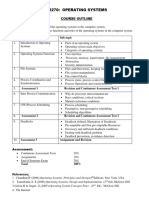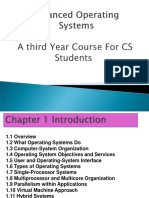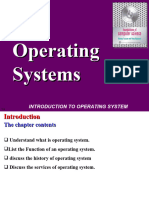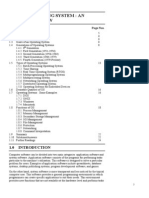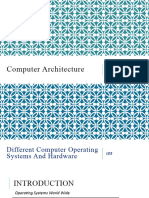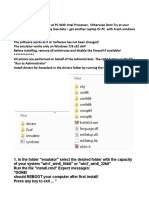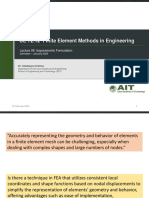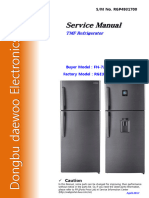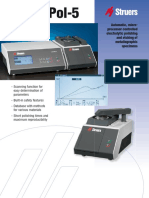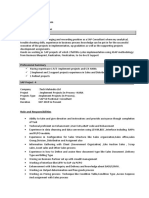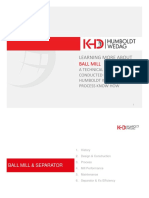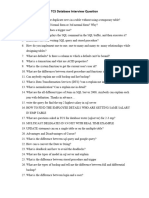Reference Books
1. Abraham Silberschatz, Peter B. Galvin, Greg Gagne, Operating System
Concepts. Sixth edition. Addison-Wesley (2003).
2. Andrew Tanenbaum, Modern Operating Systems, Prentice Hall.
3. William Stallings, Operating Systems, Prentice Hall.
4. Harvey M. Deitel, An introduction to operating systems. Addison-Wesley.
5. Andrew Tanenbaum & Albert Woodhull, Operating Systems: Design and
Implementation.
6. Prentice-Hall.
7. Douglas Comer, Operating System Design - The XINU Approach. Prentice-Hall.
8. A.M. Lister, Fundamentals of Operating Systems. Macmillan (1979).
7/26/2024 1
�Operating Systems Overview
A modern computer
one or more processors
main memory
disks, printers
a keyboard, a mouse, a display,
network interfaces, various input/output devices.
All in all, a complex system
7/26/2024 2
� [1]
7/26/2024 3
�Operating Systems Overview
A modern computer
one or more processors
main memory
disks, printers
a keyboard, a mouse, a display,
network interfaces, various input/output devices.
All in all, a complex system
Think
If every application programmer
had to understand how all these things work in detail,
no code would ever get written.
managing all these components, using them optimally, an exceedingly
challenging job.
7/26/2024 4
�Operating Systems Overview
For this reason,
Computers are equipped with a layer of software called the
operating system,
whose job is to provide user programs
with a better, simpler, cleaner, model of the computer
and to handle managing all the resources just mentioned.
7/26/2024 5
�What is an Operating System?
A program that acts as an intermediary between a user of a
computer and the computer hardware
Operating system goals:
Execute user programs and make solving user problems easier
Make the computer system convenient to use
Use the computer hardware in an efficient manner
An operating system is software that manages the computer
hardware.
7/26/2024 6
�What is an Operating System?
Most of us will have had some experience with an operating system
such as Windows, Linux, Android, IOS.
The program that users interact with, usually called the shell
when it is text based and the GUI (Graphical User Interface)
7/26/2024 7
� [2]
7/26/2024 8
�Where the Operating System fits in
Here we see the hardware at the bottom.
The hardware consists of chips, boards, disks, a keyboard, a
monitor, and similar physical objects.
On top of the hardware is the software.
Most computers have two modes of operation: kernel mode and
user mode.
The operating system, the most fundamental piece of software,
runs in kernel mode (also called supervisor mode).
In this mode it has complete access to all the hardware and
can execute any instruction
The rest of the software runs in user mode
7/26/2024 9
�Where the Operating System fits in
The user interface program, shell or GUI, is the lowest level of
user-mode software, and allows the user to start other programs,
such as a Web browser, email reader, or music player.
The operating system runs on the bare hardware and provides
the base for all the other software.
Operating systems differ from user (i.e., application) programs
in ways other than where they reside.
They are huge, complex, and long-lived.
7/26/2024 10
�Defining Operating System
Operating systems exist because
they offer a reasonable way to solve the problem of creating a
usable computing system.
The fundamental goal of computer systems is to execute user
programs and to make solving user problems easier.
Toward this goal, computer hardware is constructed.
Since bare hardware alone is not particularly easy to use,
application programs are developed.
These programs require certain common operations, such as
those controlling the I/O devices.
The common functions of controlling and allocating resources are
then brought together into one piece of software: the operating
system
7/26/2024 11
�Defining Operating System
OS is a resource allocator (Click Here)
OS is a control program
7/26/2024 12
�Computer Startup
bootstrap program is loaded at power-up or reboot
Typically stored in ROM or EPROM, generally known as
firmware
Initializes all aspects of system
Loads operating system (Click Here) kernel and starts execution
7/26/2024 13

















